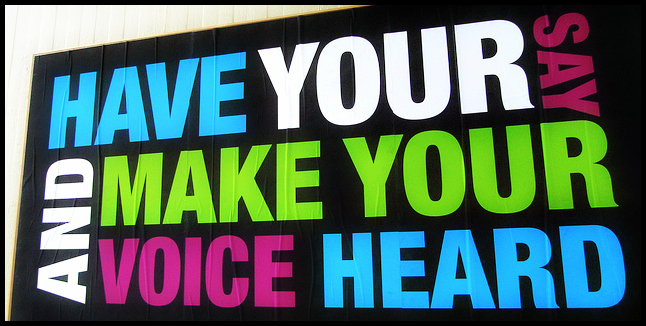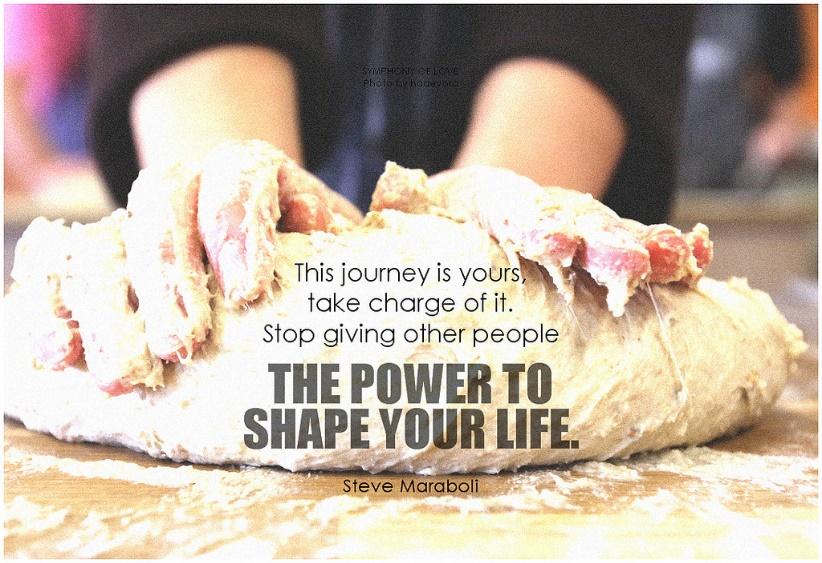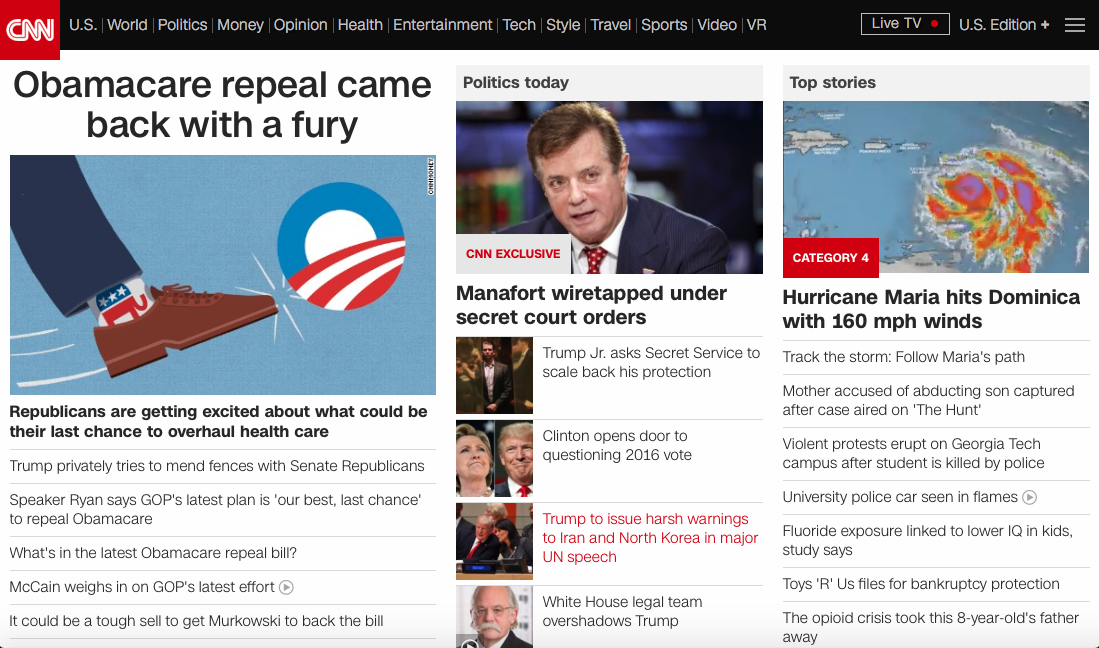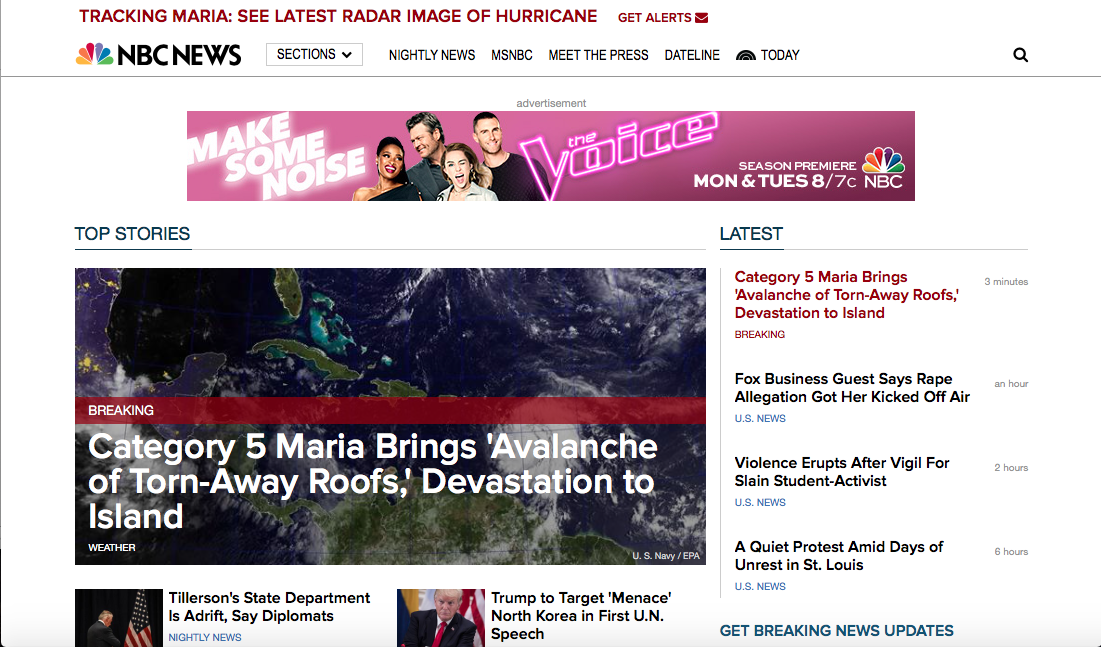It’s hard to imagine getting through a busy weekday morning without a cup (or two) of freshly brewed coffee. Whether it’s made at home, a chain or your local cafe of choice, coffee is one of the most consumed beverages in the U.S., generating $5.18 billion annually. While this industry is booming, it hasn’t always been so successful and good public relations and marketing have had a big hand in its popularity.
When I got a job as a barista at the coffee behemoth Starbucks four years ago to support myself through college, I never imagined the impact that coffee has had on both my personal and professional lives.
Tender Loving Coffee is now my client this semester. They are a small batch specialty coffee roasting company located and served locally in Chico. It has been a huge learning experience to be able to implement my own PR strategies into both of these companies.
Starbucks didn’t become a household name solely by serving up tasty coffee and friendly service. A whole lot of PR and marketing campaigns help them stay relevant. I’ve begun to pay much closer attention to the promotional materials we are sent, the company’s social media posts and how they handle crises. (Red cup situation anyone?)
I’ve seen how the corporation takes responsibility for its actions and addresses controversy when needed. They make sure to send messages out to the company’s employees or “partners” to address major changes or problems in the company.
Tender Loving Coffee is a more intimate experience, which makes the PR pretty fun. So far, there’s been a giveaway on the TLC social channels. Winners picked up their prizes at the Saturday morning Farmer’s Market, where the company sells their coffee in a mobile coffee cart. Being so connected to TLC customers and the Chico community as a whole is a very different experience in comparison to Starbucks.
With the rise of social media, many Starbucks stores have begun to create their own social media presence through Instagram. This helps to create connections with customers and give a more intimate look and feel to your local Starbucks.
I am the closest thing my store has to an in-house PR professional. After establishing the account, I’ve helped create content on the downtown Chico Starbucks Instagram. More recently, I have been documenting the store’s remodel, upcoming specials and developing a more recognizable aesthetic.
While the idea is to connect more with other Starbucks partners and the Chico community, there is a noticeable difference in posting for Tender Loving and Starbucks — even if they are both small accounts.
That’s a no brainer though, right? A small coffee company with less than 300 followers on Instagram versus posting for Starbucks, the multi-billion dollar coffee giant.
Posting on social media for a small, local coffee company is a more interactive experience. The customers are wholeheartedly supportive of TLC. They send direct messages to check on and communicate with Anna, the brains behind the roasting.
I think the idea behind having stores run their own Instagram is to make that connection with their customers like Tender Loving Coffee already has. Through maintaining their social media, I’ve seen what works and what doesn’t for that warm, welcoming feeling Tender Loving gives off effortlessly.
Making connections with PR and coffee is about engagement, having empathy and being a part of a community. Implementing these has already made the downtown Starbucks Instagram and Tender Loving Coffee more successful and gives the companies their own personable identities.


























